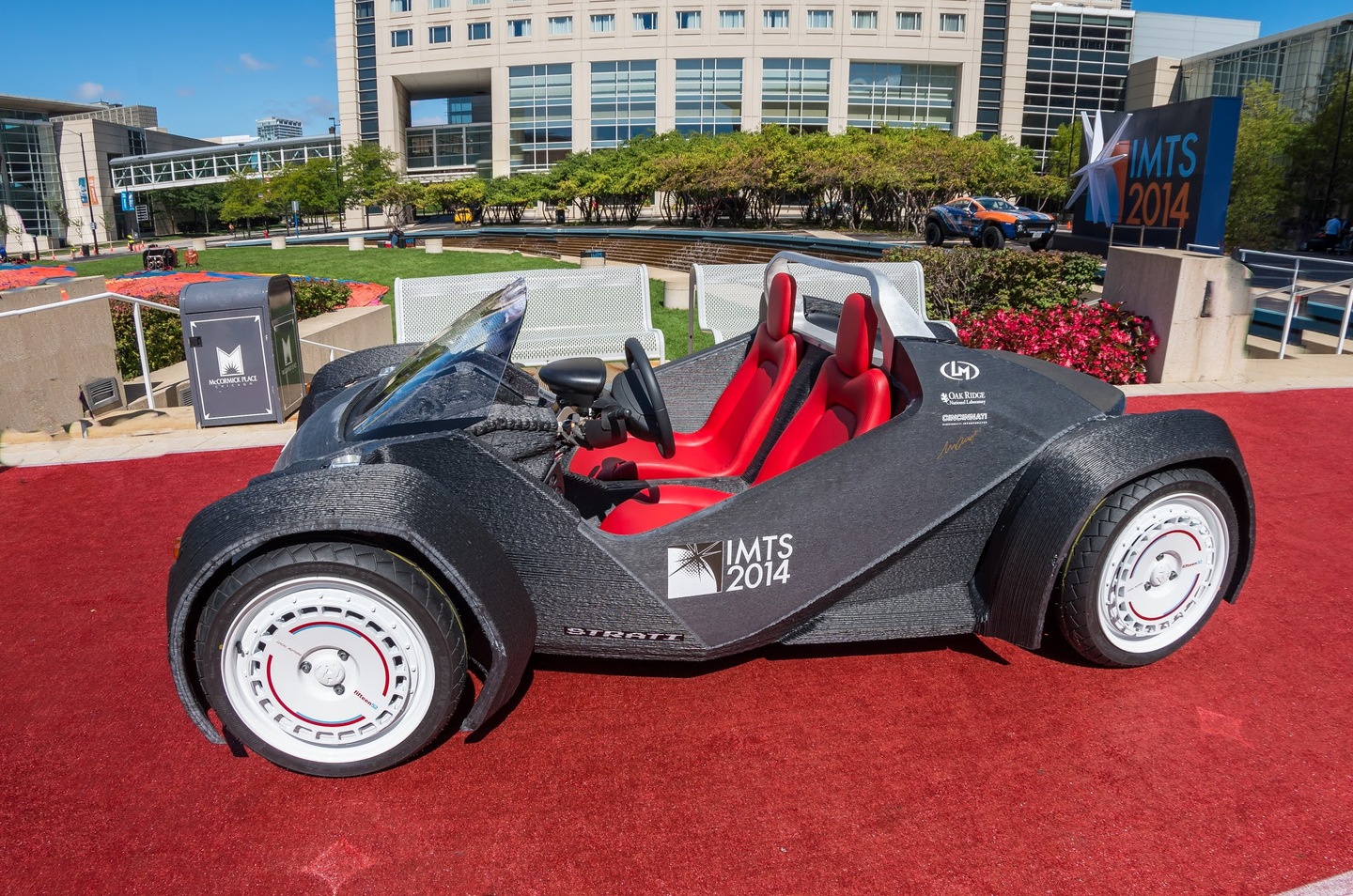5 Amazing Applications Of 3D Printing

As of right now, mankind’s last true revolution happened in the communications sector, courtesy of a little invention called the Internet. What had initially started out as a small scale experiment by the US federal government back in the 1960s wound up changing our world as we know it, with further progress still to be made. But lately the biggest underground buzz has been coming from the manufacturing sector, where 3D printing is set to take the world by storm in the following decades.

Just like the Internet, 3D printing has its origins in an ambitious project, one developed by the Massachusetts Institute of Technology back in the early 1990s. Its basis lies in a form of additive manufacturing called rapid prototyping, which works by printing out different parts of a 3-dimensional object layer by layer. Common materials for the procedure include different types of plastic filament, as well as metals, ceramics and even food substances. But the main selling point of 3D printing lies in the incredibly wide range of areas in which the technology can prove to be a real difference-maker. In the tech sector, for instance, 3D printing has already begun making its mark through the following applications:
Far and a way one of the most promising areas for 3D printing is in the field of consumer electronics, where the need for custom made models will always be in high supply. Imagine having the ability to print out cables and adaptors that fit your exact needs whenever you want. But electronics are some of the hardest things to produce with 3D printing, due to their myriad small components and exceptionally thin walls. Luckily, recent technological advances allow for the production of such models, along with the possibility of smooth finishing and realistic coloring, thus making 3D printed electronics just as alluring as the ones sold by traditional vendors.
When it comes to sheer curiosity and spirit of adventure, kids often make adults seem downright timid. Which perhaps explains why some of the most successful applications of 3D printing technology have taken place in the toy industry. Since most toys are made out of plastic, 3D printing makes it easy to replace missing or broken toy parts. What’s more, plenty of businesses allow their customers to design and create their own toys models, with industry giant Mattel even offering an accessible 3D printer called the ThingMaker for home use.
Many sporting goods such as helmets or goggles require a precise combination of rigid and flexible materials. This makes them an excellent testing ground for 3D printed articles that are designed to fit their wearer like a glove, thereby making it possible for everyone to have their own customized equipment. While 3D printing is still too slow for mass production, even industry giants like Adidas and Nike have taken to incorporating this technology in the designing and prototyping stage of their production process.
Moving on to even bigger things, the aerospace sector has been involved in 3D printing since the early stages of the technology, and was instrumental in pushing its boundaries through fruitful partnerships with academic and research institutes. In an industry where maintaining high standards is a must, several 3D-printed parts have already been put to use and are now flying on aircrafts. High profile users include huge companies such as GE, Airbus and Boeing, many of which plan to incorporate 3D printing even more in the near future.
Perhaps no industry has benefited more from rapid prototyping than the car industry. Just like the aforementioned companies in the aerospace sector, many top car manufacturers have successfully employed this technology for their prototyping applications, with some of them also looking at the potential of 3D printing to provide spare and replacement parts on demand. Finally, the current crop of fully functional 3D-printed vehicles like the Strati stand as testament to the incredible potential of this technology in the automotive industry.
As you can see, there are precious few things that 3D printing can’t already do. What’s more, as the technology inches even further towards the mainstream, the costs associated with it will steadily decrease, thus paving the way for even better applications down the road. All in all, the 3D printing revolution has already begun, and it will continue to influence our lives in many ways over the next few years.
